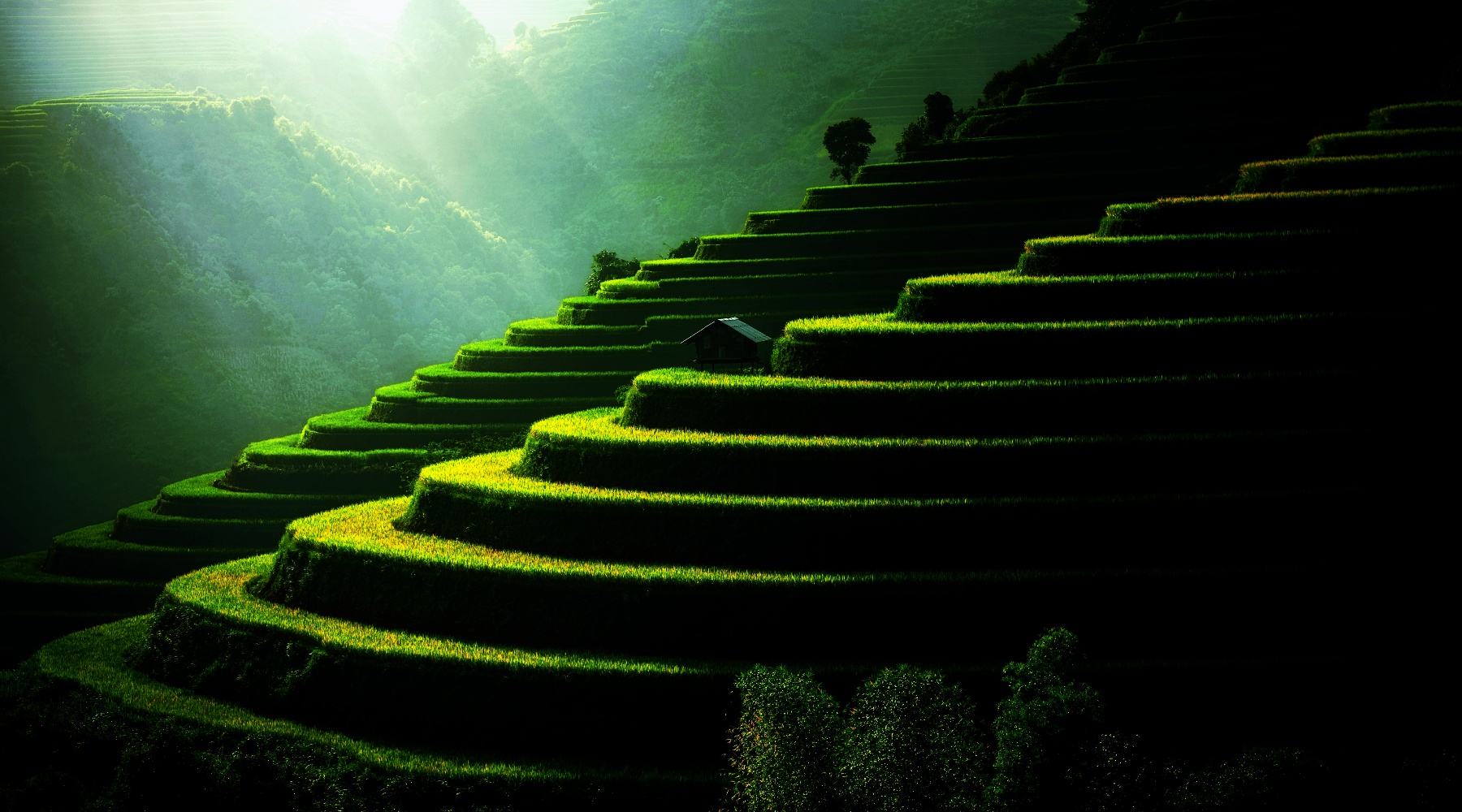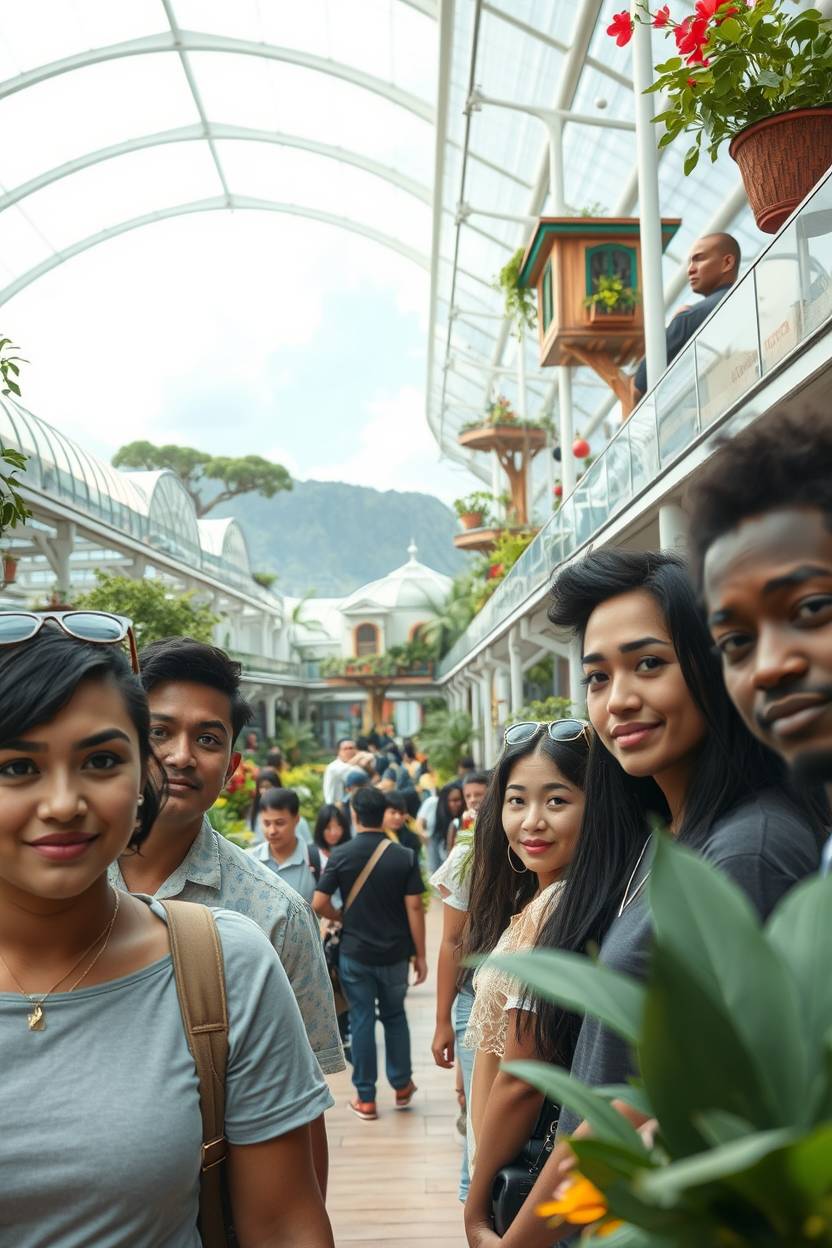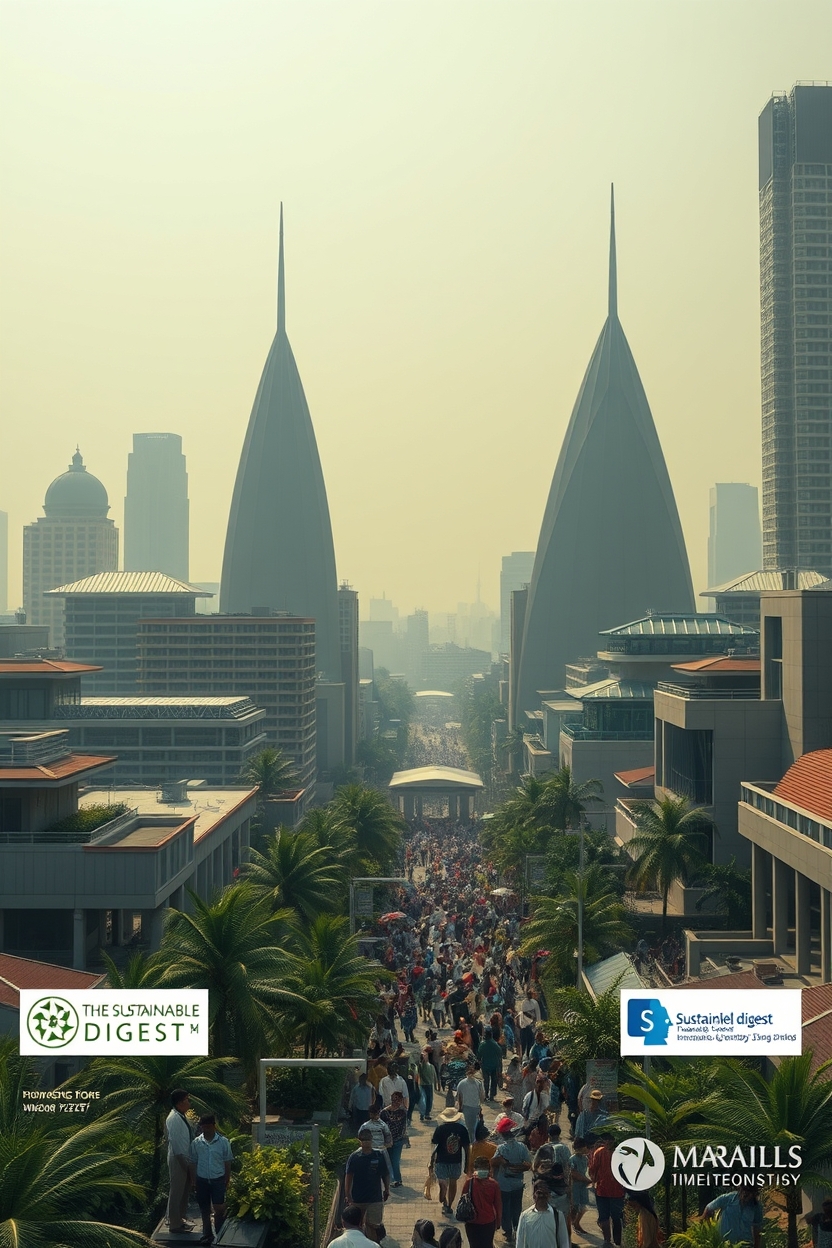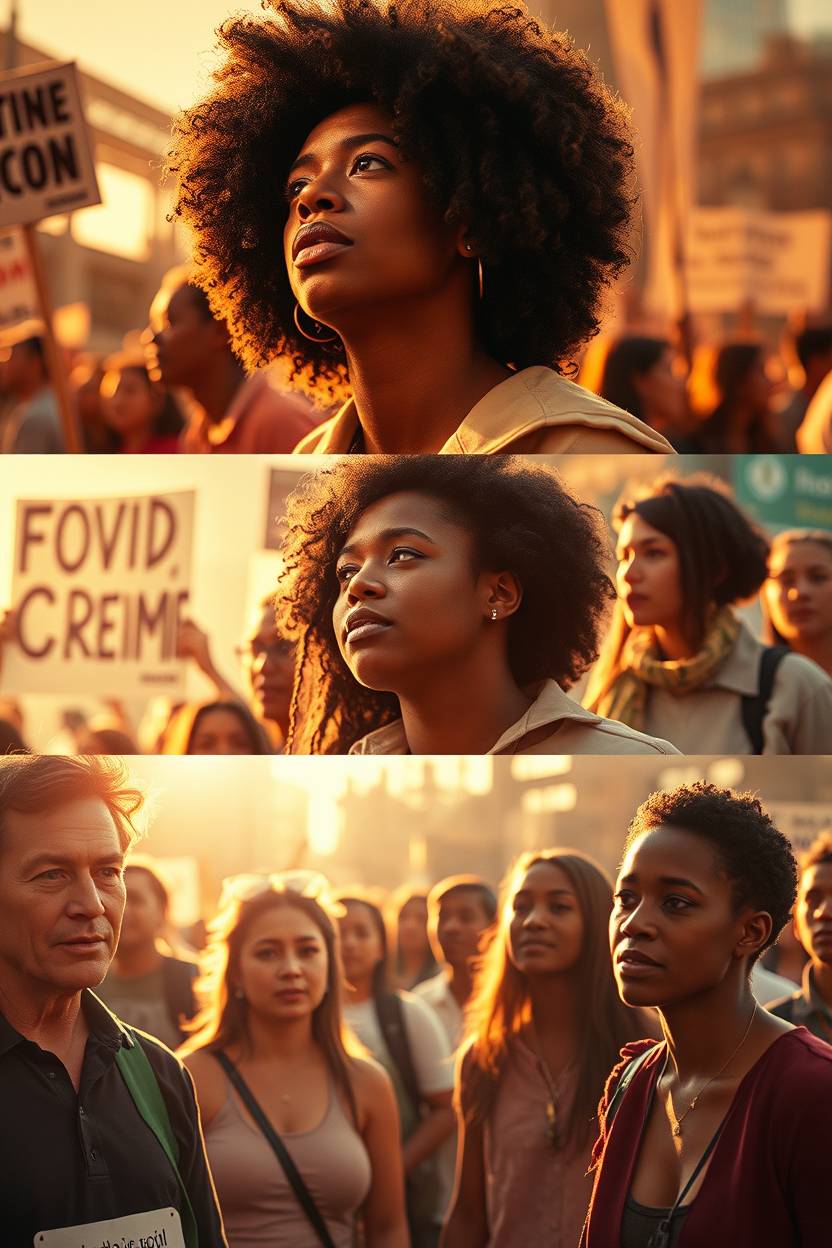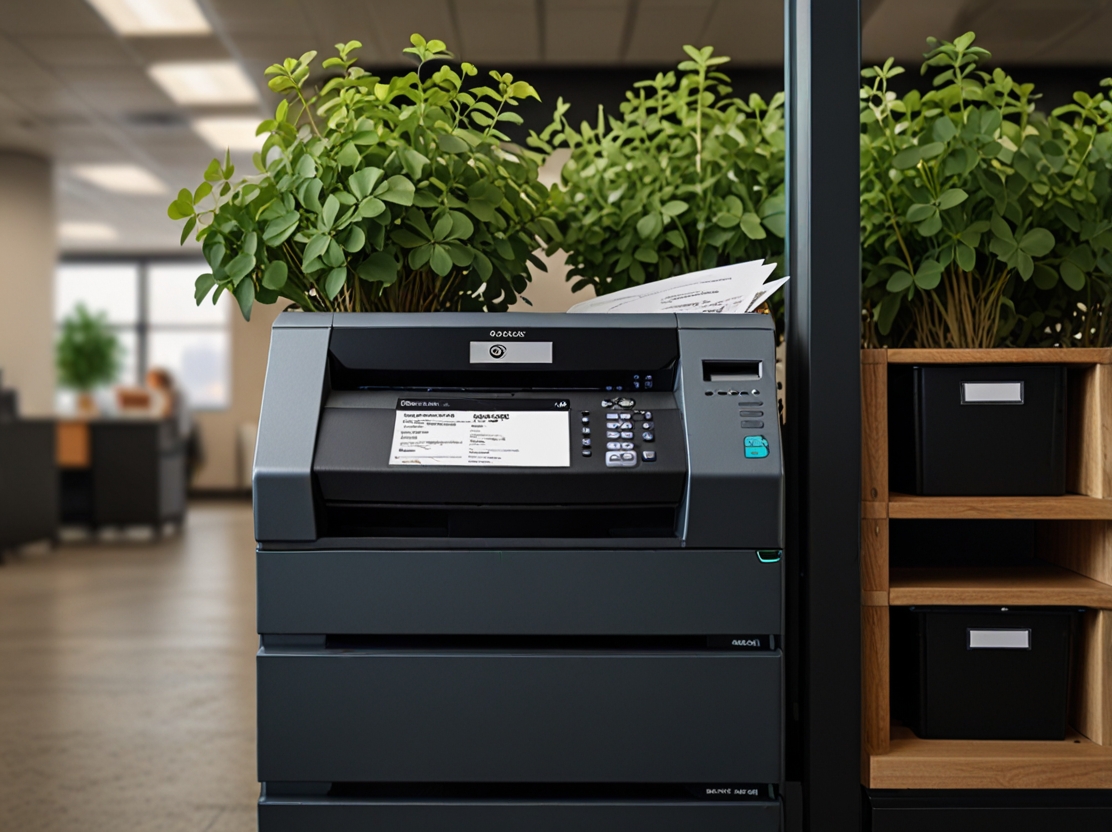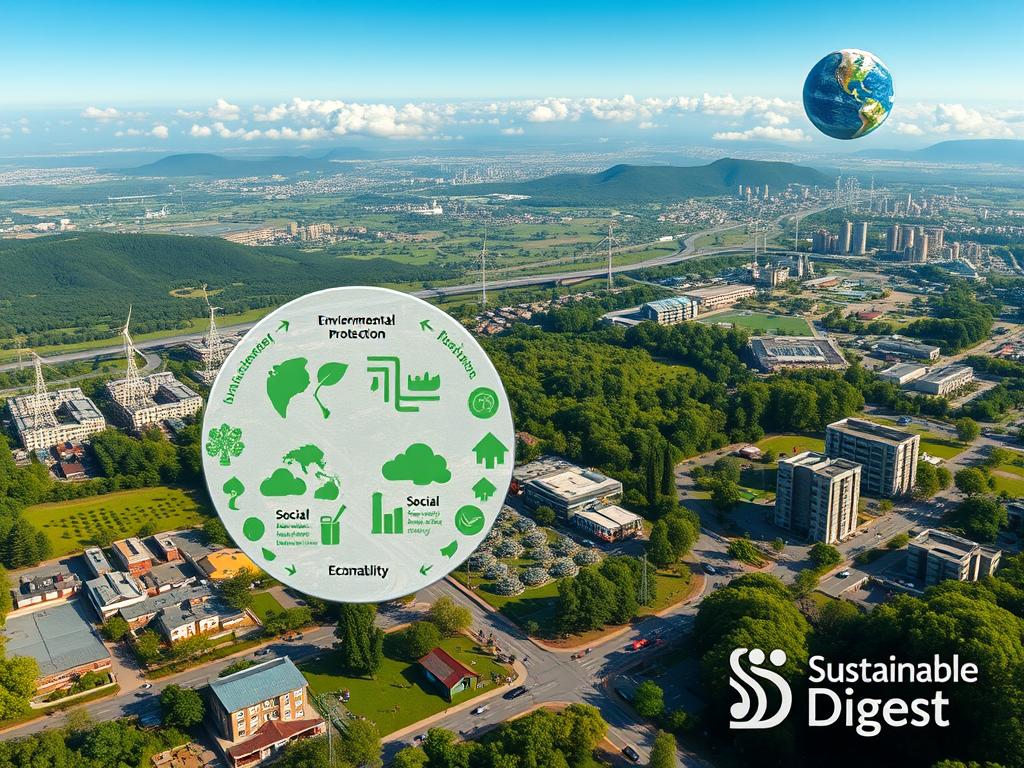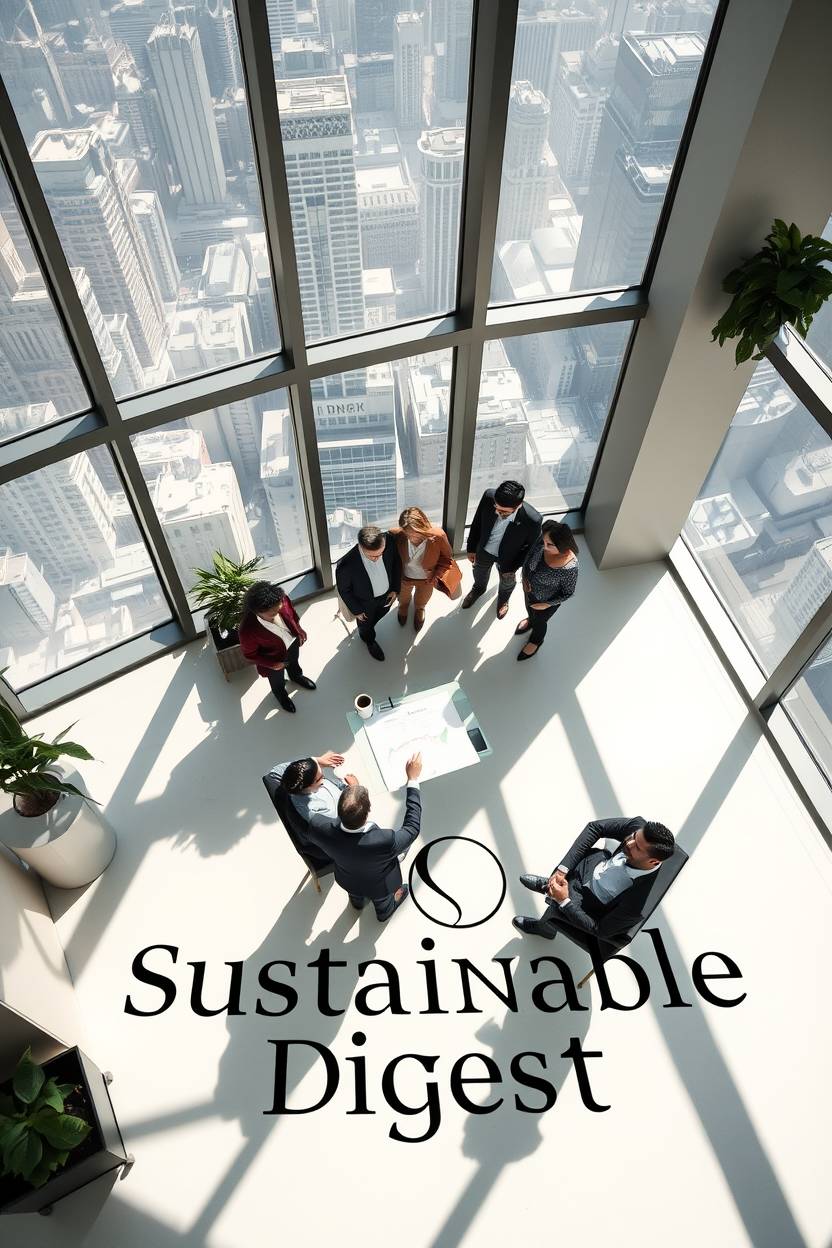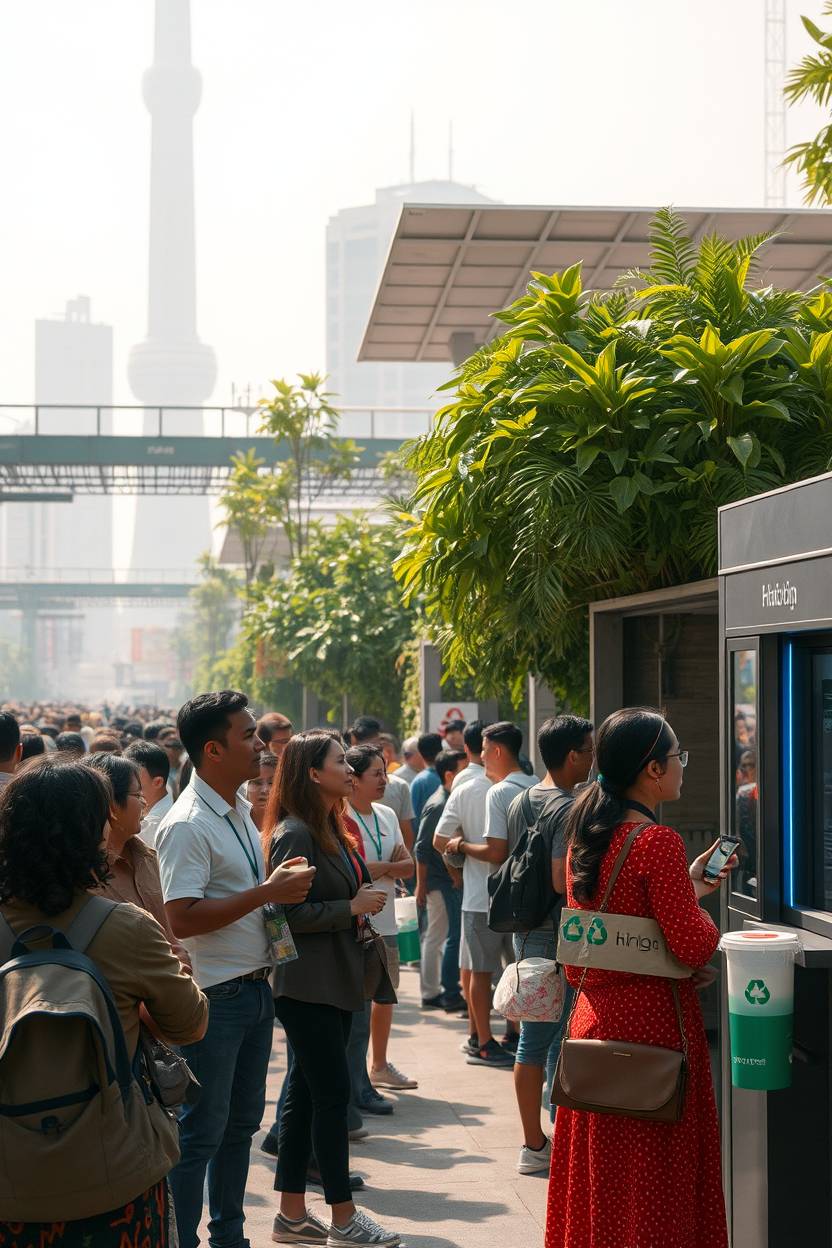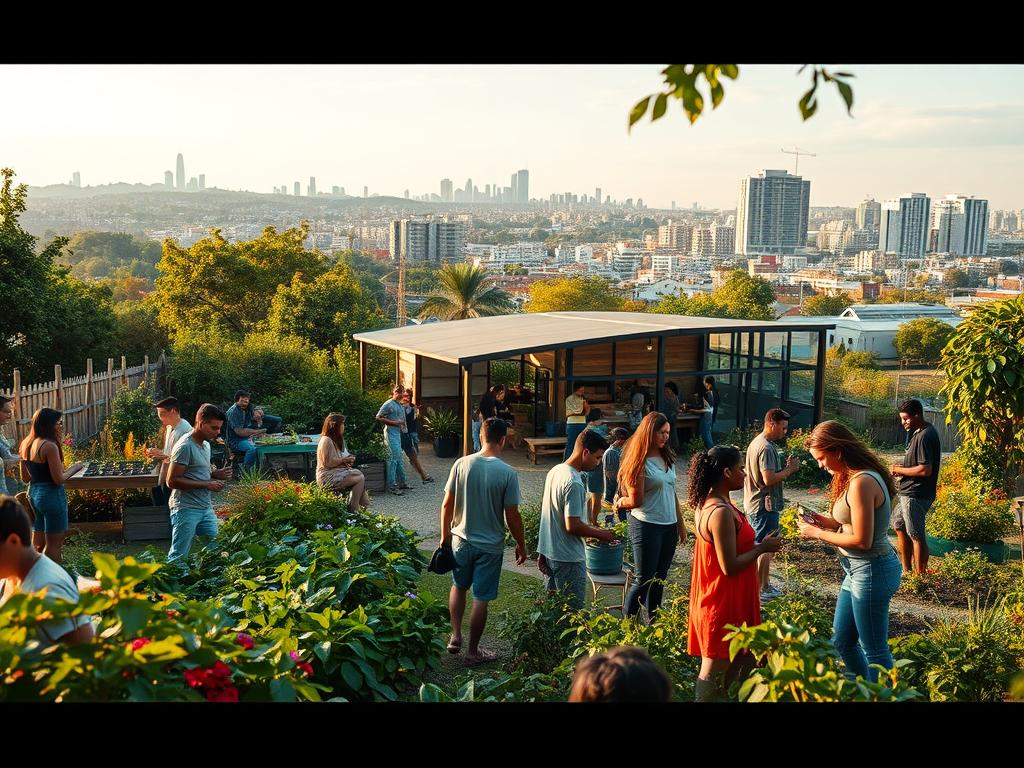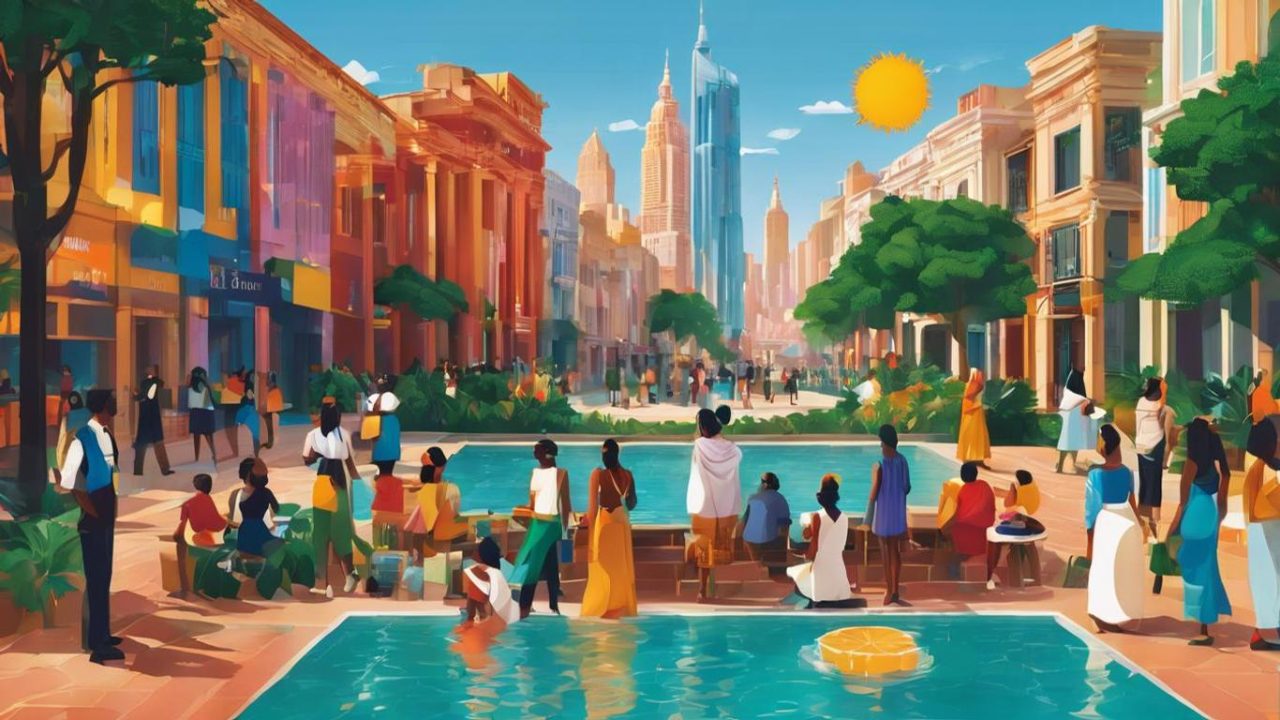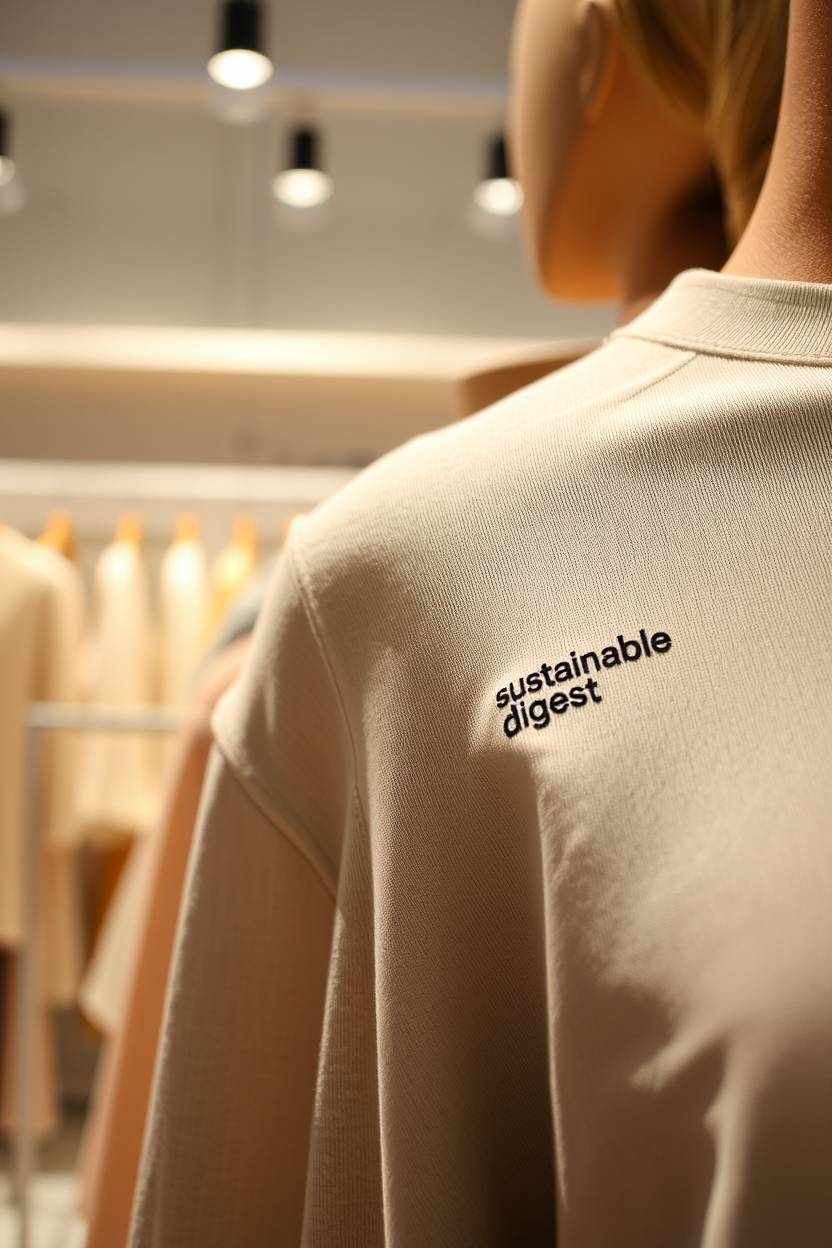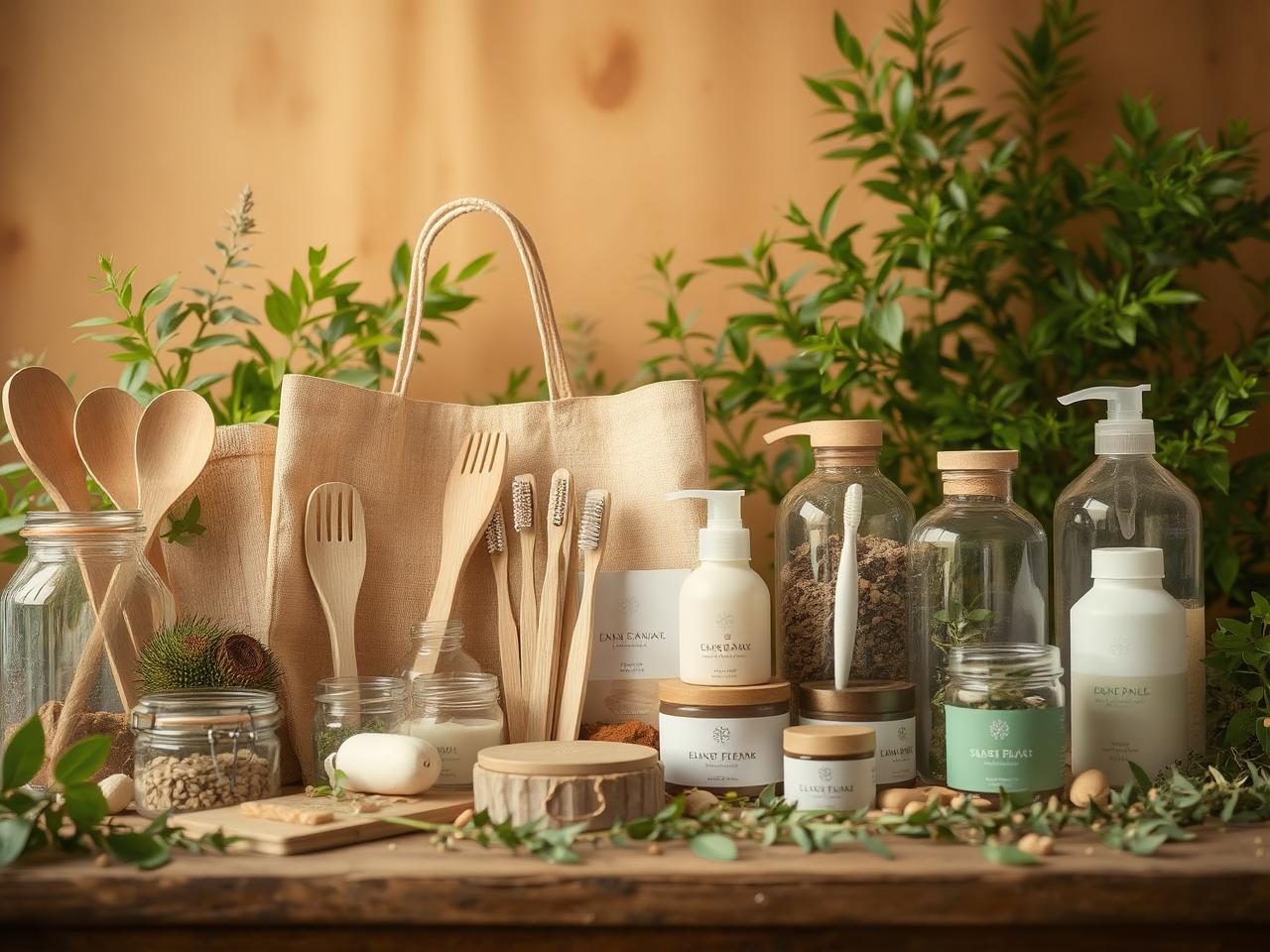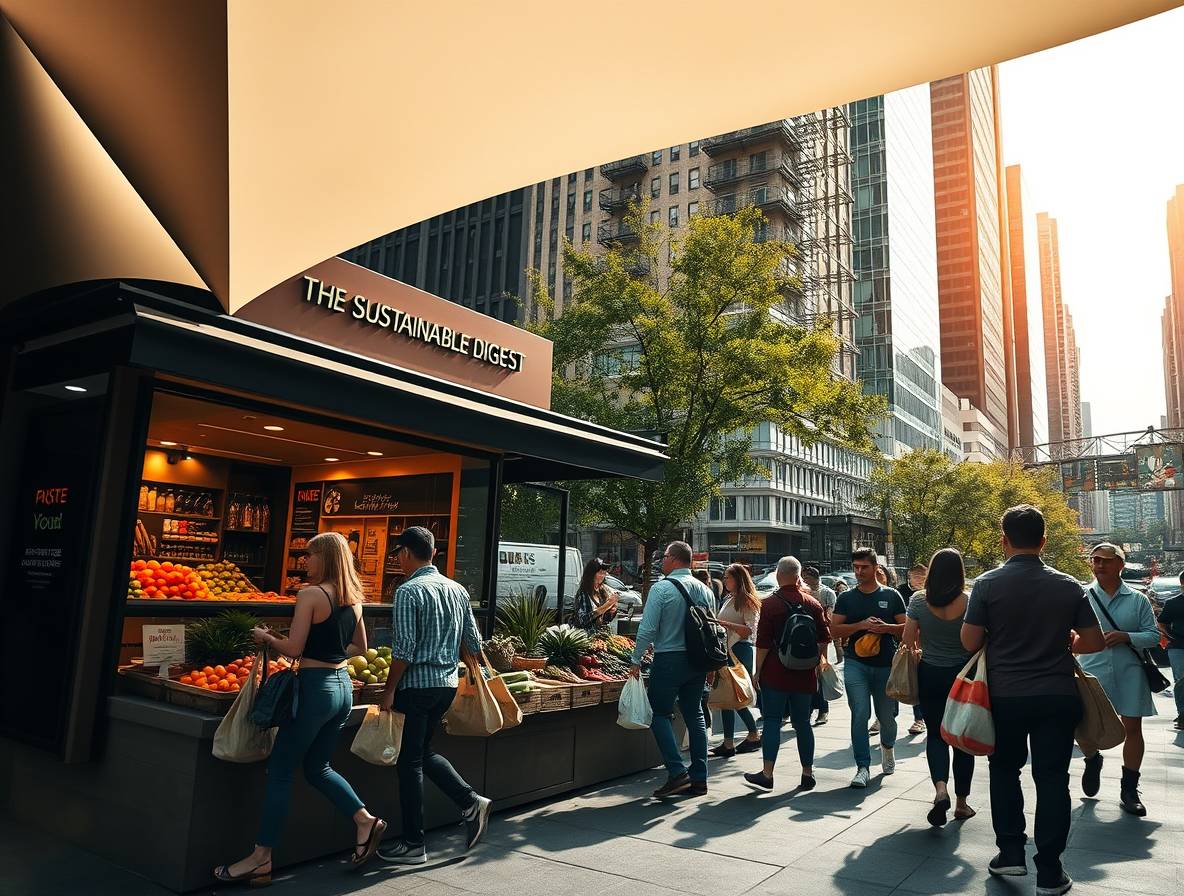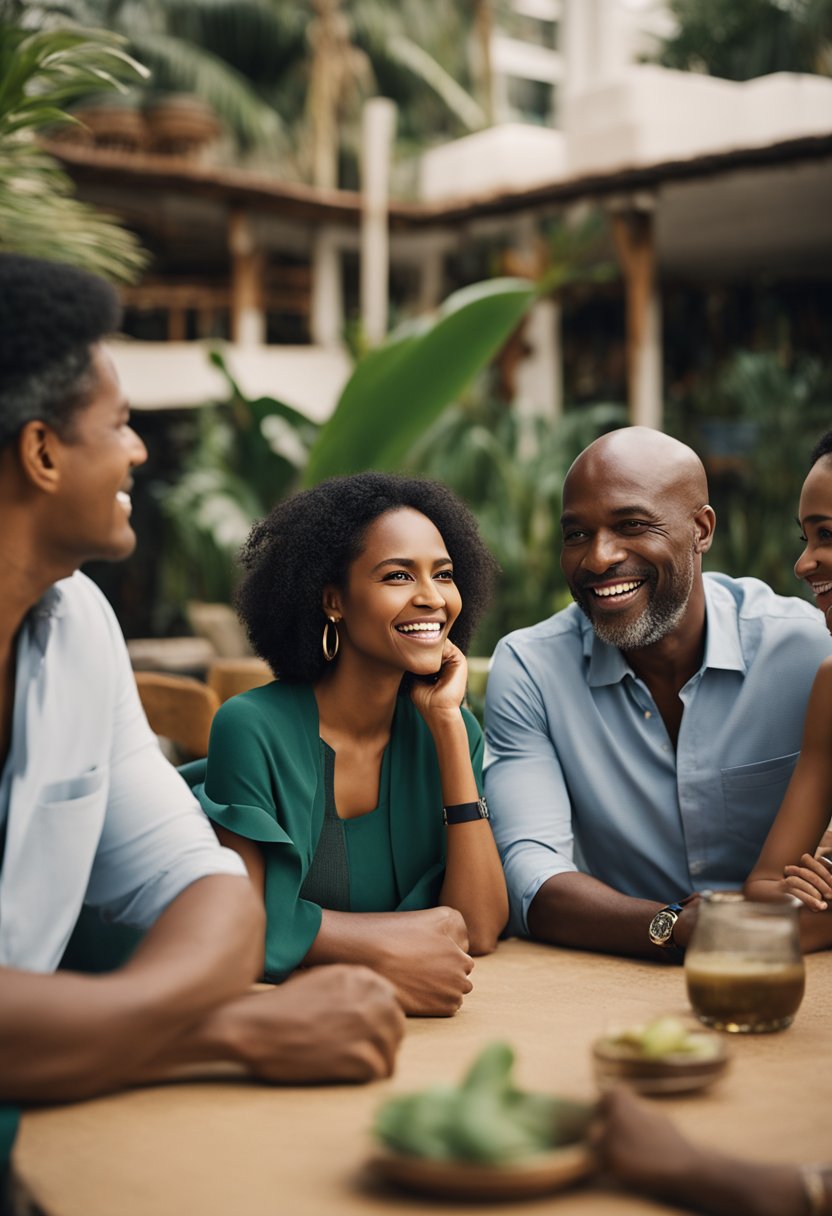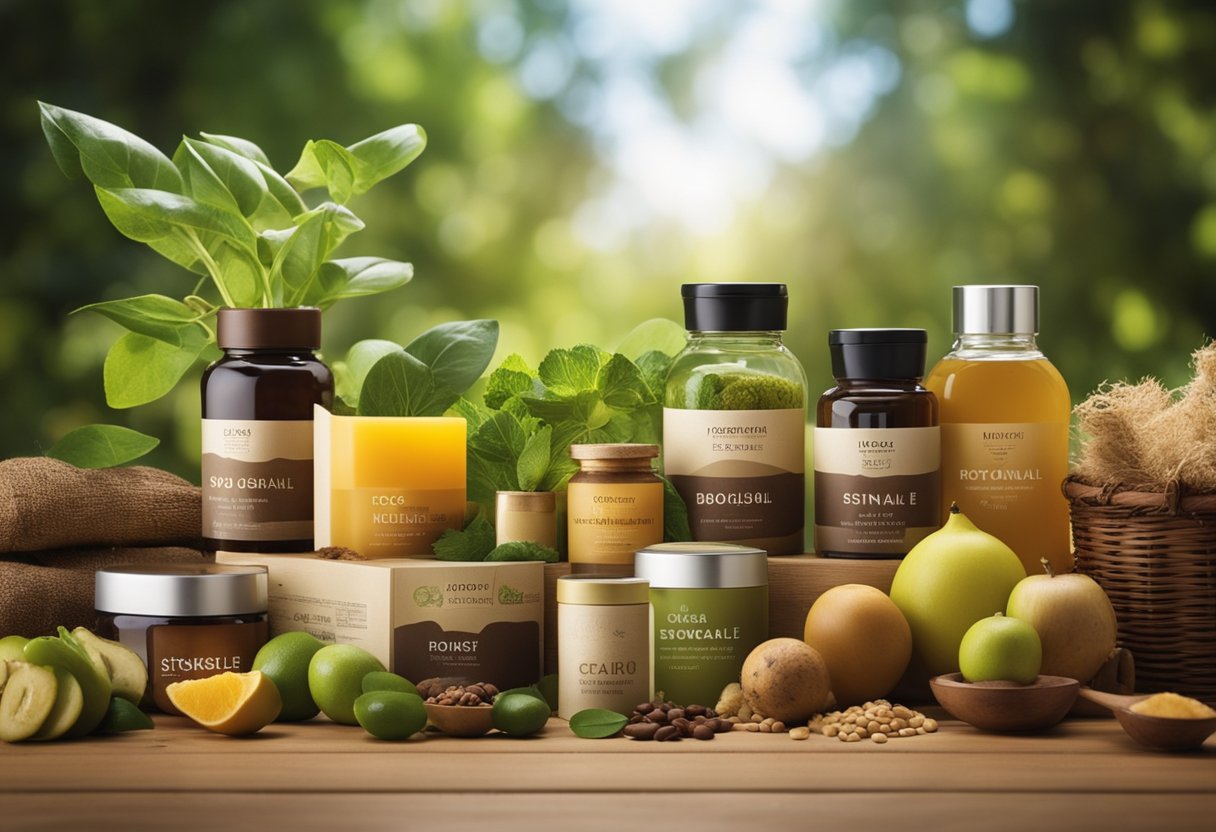
Every year, people around the world come together to celebrate harmony. They do this through global observance events. These events show how we can work together, despite our differences.
May 16, 2025 is a special day. It brings together two important global events. People all over will celebrate unity and scientific progress. They will honor shared human values and environmental stewardship. This celebration is even more important. It connects talking about different cultures with taking care of our planet. This mix is key to making a real difference.
This day combines old wisdom with new technology. It opens up new ways for us to work together.
This year, over 140 countries are working together on green projects. They’re planting trees and sharing cultures. This shows how we can build peace and protect our environment at the same time.
Since 2020, there’s been a 35% rise in projects that mix saving the environment with fighting for justice. This is a big step forward.
Solar diplomacy shows how these two can work together. In poor countries, solar energy helps solve conflicts. It brings light to dark places and helps people talk to each other.
This shows that caring for the earth and getting along with each other can grow together.
The United Nations created these celebrations to tackle today’s big problems. They connect local peace efforts with new technologies. This helps communities make their own progress.
From big cities to small towns, people are learning. They see that taking care of the earth strengthens our connections with each other.
Understanding Two Global Observances
Global harmony grows when we come together through shared values and science. Two UN-backed initiatives show how we can heal and innovate. The International Day of Living Together in Peace and the International Day of Light are key examples.
Foundations of Peacebuilding
UN Resolution 72/130: Building Post-Conflict Societies
In 2017, Resolution 72/130 changed peacekeeping to peacecreating. It has a three-step plan:
- Community-led truth commissions
- Cross-cultural education programs
- Economic cooperation zones
Rwanda’s reconciliation villages are a success story. They mix genocide survivors with former perpetrators. This mix leads to 84% conflict resolution through farming projects. “Peace isn’t the absence of war, but the presence of mutual purpose,” UNESCO Director-General Audrey Azoulay said in 2025.
| Country | Initiative | Outcome (2020-2025) |
|---|---|---|
| Colombia | Ex-combatant artisan cooperatives | 32% reduction in regional violence |
| Lebanon | Interfaith youth councils | 17 new cross-cultural startups |
| Mali | Water management coalitions | 41 shared wells constructed |
The Convergence of Peace and Sustainability
Global efforts to achieve lasting peace now intertwine with environmental stewardship, creating powerful synergies across borders. This alignment reflects growing recognition that resource conflicts and climate instability threaten global harmony. Two United Nations initiatives exemplify this connection, blending conflict prevention with sustainable development strategies.
Origins of the Twin Observances
UN Resolution 72/130: Birth of Living Together in Peace Day
The UN General Assembly established this observance in 2017 through Resolution 72/130. It promotes inclusive societies by addressing root causes of conflict, including resource inequality. The resolution directly supports United Nations Sustainable Development Goals 16 and 17, emphasizing peaceful institutions and global partnerships.
UNESCO’s International Day of Light: 2018-Present
Launched to highlight light-based technologies, this initiative bridges science and sustainability. Solar energy innovations and fiber-optic communication networks feature prominently. UNESCO’s program demonstrates how technological advancement can simultaneously drive international development and cultural understanding.
2024 Global Participation Statistics
127 Nation-States Hosting Joint Events
This year’s celebrations broke records with cross-border collaborations in renewable energy projects. Germany and Namibia co-hosted a solar-powered water purification initiative. Similar partnerships emerged in Southeast Asia’s Mekong River region, combining flood prevention with diplomatic cooperation.
89% Increase in Corporate Sustainability Pledges
Major corporations pledged $47 billion toward peace-through-sustainability programs in Q1 2024. Tech giants lead with investments in conflict-free mineral sourcing and clean energy microgrids. These commitments show how international affairs increasingly shape corporate social responsibility frameworks.
“Light-based technologies give us tools to literally illuminate paths toward peaceful coexistence.”
UNESCO Director-General, 2024 Address
This unprecedented collaboration between governments and businesses signals a paradigm shift. By aligning peacebuilding with ecological responsibility, stakeholders create durable solutions to twenty-first-century challenges.
Illuminating Sustainable Progress
From Einstein’s Theory to Sustainable Photonics
Einstein’s 1905 paper on the photoelectric effect is the base for today’s light solutions. Now, 142 nations work together on light-based projects:
- Solar-powered vaccine refrigerators in Malawi
- Laser-based landmine detection in Cambodia
- UV water purification in Amazonian communities
“Light technology bridges lab discoveries with life-saving applications – this is sustainable development in action.”
UNESCO Science Report 2025
Photonics research now reaches 92% energy efficiency in off-grid medical centers. The 2025 theme of the International Day of Light, “Harvesting Photons, Growing Futures”, celebrates these achievements. It does so through global maker competitions and open-source innovation hubs.
Carbon Capture: Bridging Industrial Progress and Climate Action

Carbon Capture Sustainable Development
In today’s world, growth and protecting the planet often seem like opposite goals. But carbon capture is changing that. It turns harmful emissions into something useful, showing that we can grow the economy and protect the environment at the same time.
Current Global Implementation Rates
Now, 18 countries have direct air capture (DAC) facilities. There are 42 active projects worldwide. These projects remove about 9,000 tons of CO₂ every year. That’s like taking 2,000 cars off the road.
42 Operational DAC Facilities Worldwide
North America has the most, with 18 facilities. Europe has 12, and Asia has 9. The biggest one is in Texas, capturing 1.6 million tons of CO₂ from coal plants every year.
| Region | Operational DAC Facilities | Annual CO₂ Captured (Mt) |
| North America | 18 | 4.2 |
| Europe | 12 | 2.8 |
| Asia | 9 | 1.6 |
| Middle East | 3 | 0.4 |
0.5% Annual CO₂ Reduction from CCUS Projects
CCUS projects stop 40 million metric tons of CO₂ emissions every year. That’s 0.5% of all emissions from fossil fuels. “This is just 10% of what we need to meet our 2030 climate goals,” says the International Energy Agency.
Innovative Peace-Building Applications
Carbon capture does more than just reduce emissions. It also helps countries work together. Shared climate goals can bring nations closer.
Cross-Border Carbon Storage Partnerships
Recently, six countries started working together on carbon storage in the South China Sea. This project stops 5 million tons of CO₂ emissions every year. It also helps reduce tensions between countries.
“Environmental cooperation creates neutral ground for conflict resolution. Carbon storage partnerships prove ecology transcends politics.”
– Dr. Lina Marwah, Climate Diplomacy Institute
Post-Conflict Zone Reforestation Initiatives
The Great Green Wall project uses carbon credits to restore 247,000 acres in Africa’s Sahel region. It turns former conflict zones into forests that absorb 18 million tons of CO₂ every year.
2025 Retrospective: Progress on Shared Goals

Two years after leaders made a promise, 2025 is a key moment for working together. We’ve seen progress in peace and new energy solutions. This shows how we can change together.
May 16th 2025 Peace Initiative Outcomes
Urban mediation programs changed how cities handle conflicts in 47 cities. Bogotá, Colombia, is a great example. It cut gang violence by 68% thanks to dialogue circles funded by solar patents. “When light fuels peace, darkness loses its grip,” said Mayor Claudia López at the 2025 International Day of Light.
45% Reduction in Community Conflicts Through Dialogue Programs
Several things led to this big change:
- 24/7 mediation hubs run by green energy
- Youth ambassador training in 132 school districts
- Light-based sensors track conflicts in real-time
| Metric | 2023 | 2025 |
|---|---|---|
| Active Peace Committees | 890 | 2,450 |
| Avg. Conflict Resolution Time | 11.2 days | 3.8 days |
| Community Trust Index | 54% | 82% |
Light Technology Advancements Since 2023
MIT’s transparent solar windows now power 14 megacities. This covers 32% of their energy needs. It also started a $4.7 billion fund for tech and community projects.
Solar Efficiency Breakthroughs: 32% Global Adoption Increase
The solar revolution grew fast because of:
- Self-cleaning nano-coatings increase panel output
- Modular systems for affordable housing
- AI helps manage light grids
| Technology | Cities Using | Energy Saved |
|---|---|---|
| Solar Windows | 14 | 18.4M kWh/yr |
| Smart Streetlights | 29 | 7.2M kWh/yr |
| Bio-Luminescent Parks | 8 | 1.1M kWh/yr |
These new technologies show how light-based solutions can solve energy and social problems. In São Paulo, solar canopies in old conflict zones boosted power and safety by 40%.
Carbon Capture: Statistics Driving Change
As global emissions near dangerous levels, carbon capture and nature-based solutions are showing their value. They are key parts of plans to fight climate change, meeting the United Nations Sustainable Development Goals. These efforts offer hope with real data and results that can grow.
Current Global Capture Capacity
A 2025 U.S. Department of Energy report shows a big win: systems now remove 2.4 billion tons of CO₂ every year. This is a 300% jump from 2020, thanks to new DAC plants and recycling tech.
2.4 Billion Ton Annual Removal: 2025 DOE Report Findings
Climeworks’ Orca XX in Iceland is a big step forward, capturing 1.2 million tons yearly. Indonesia’s seaweed farming traps 9 million tons, a cheaper option at $15/ton compared to DAC’s $180/ton.
| Method | Annual Capacity (M tons) | Cost/Ton | Key Projects |
|---|---|---|---|
| Direct Air Capture | 48 | $175-$250 | Orca XX (Iceland), Texas DAC Hub |
| Bio-Sequestration | 890 | $8-$40 | Indonesian Seaweed Farms, Congo Peatlands |
| Carbon Mineralization | 112 | $90-$130 | Oman Peridotite Project, Quebec Basalt Storage |
Nature-Based Solutions in Action
Ecosystems are also showing great skill in managing carbon. Coastal mangroves, for example, offset the emissions of 18 million flights every year. This is confirmed by 2024 satellite data.
Mangrove Restoration Offset 18M Flight Emissions (2024 Data)
United Airlines invested $47 million in mangrove restoration in Indonesia. This investment sequesters 0.8 tons of CO₂ for every dollar spent and creates 300 jobs. Their 2024 report shows three main benefits:
- 14% reduction in per-passenger carbon footprint
- 26% increase in coastal storm protection
- Tripled populations of endangered proboscis monkeys
“Mangroves give us a triple win – carbon storage, biodiversity protection, and community resilience. They’re the Swiss Army knife of climate solutions.”
United Airlines Chief Sustainability Officer, 2024 Report
Renewable Energy Transition Metrics

The United States is at a key moment in its energy shift. Clean power generation is changing our infrastructure. Wind farms and geothermal systems are leading the way in sustainable development, meeting United States Green Building Council standards.
Wind and Solar Redefine America’s Power Grid
NREL’s research shows wind and solar could power 47% of US electricity by 2025. This is a 22% jump from 2023. Texas is leading with new hybrid installations.
- GE’s Cypress platform turbines paired with bifacial solar panels
- Smart storage systems balancing 83% of peak demand fluctuations
- Integrated microgrids serving 1.4 million households
“LEED v5 certification now requires 40% onsite renewable generation for new commercial projects,”
USGBC Energy Committee
Geothermal’s Quiet Revolution
While solar and wind get the spotlight, geothermal is quietly making strides. Enhanced geothermal systems (EGS) now power 12 million homes globally. Fervo Energy’s Nevada project shows its potential.
| Metric | Traditional Geothermal | Enhanced Systems |
|---|---|---|
| Energy Output | 3.5 MW/km² | 18.2 MW/km² |
| Installation Depth | 1,200-2,500 ft | 6,800-9,400 ft |
| Land Footprint | 15 acres/MW | 2.3 acres/MW |
Horizontal drilling unlocks new heat reservoirs. Modular plants are being deployed in 14 new states. This growth in geothermal energy adds to solar and wind, creating a strong alternative energy mix that meets USGBC’s high standards.
Habitat Preservation as Conflict Prevention
Protecting Earth’s vital ecosystems is a key strategy for global stability. As nations face resource scarcity, conservation efforts show that saving natural habitats can prevent violence. This approach is proving effective.

Biodiversity Hotspot Protection Metrics
Global agreements have led to progress in protecting ecosystems. 17% of the world’s land area is now under international conservation treaties. These areas act as natural barriers against illegal activities that can lead to conflicts.
62% Reduction in Wildlife Trafficking Incidents
Improved surveillance systems have cut down illegal animal trade. Better data sharing between countries has led to more effective patrols. This cooperation strengthens diplomatic ties and preserves nature.
Indigenous-Led Conservation Efforts
Traditional knowledge is changing how we protect habitats. Indigenous communities manage over 25% of global carbon stocks. They do this through their ancestral land stewardship practices.
Amazon Basin Guardian Programs
Brazil’s forest monitoring with native nations cut deforestation by 74% last year. Local patrols use satellite technology and drones to quickly spot and report illegal activities.
Arctic Council Preservation Protocols
Eight Arctic nations agreed on strict resource extraction limits. This covers 5 million square kilometers. It prevents competing claims to fossil fuel reserves as ice caps retreat.
These efforts show how conservation can unite nations. By valuing biodiversity, countries build trust through environmental stewardship. This approach creates shared goals that go beyond politics.

Habitat Preservation Success Stories
Innovative habitat preservation efforts are changing the game. They show us that we can fix environmental damage. These projects use new tech and nature’s power to create big ecological conservation plans.
Coral Reef Restoration Projects
Caribbean Initiative Regrows 14 Square Miles
SECORE International’s 3D-printed reef tiles in Curaçao are saving marine life. These artificial reefs look like real coral. They help:
- Boost larval settlement rates by 40%
- Support 27 fish species recovery
- Reduce coastal erosion by 18% annually
“This isn’t just about saving corals – it’s rebuilding entire food chains. The Caribbean project shows how targeted interventions can trigger exponential recovery.”
Dr. Elena Marcos, National Geographic Conservation Fellow
Urban Biodiversity Hotspots
Singapore’s Green Corridors Host 2,100 Species
Singapore’s AI network links 300 parks with bridges and tunnels. Surveys found:
| Species Type | Count | Conservation Status |
|---|---|---|
| Native Birds | 127 | Stable/Increasing |
| Pollinator Insects | 684 | New Colonies Found |
| Rare Orchids | 89 | Protected |
“Urban jungles can be biodiversity powerhouses. Singapore’s corridors prove cities don’t have to choose between development and ecological conservation.”
Prof. Rajiv Nair, Urban Ecologist
These habitat preservation achievements show we can fix damaged ecosystems. From the Caribbean to Southeast Asia, each success teaches us how to care for our planet.
Responsible Supply Chain Management

Global corporations are changing the game in ethical trade through teamwork. They now see clear supply chains as key to fixing the planet, not just a business need.
Scope Emissions Breakdown
Scope 1-4: Walmart’s 2030 Roadmap Analysis
Walmart’s climate plan shows how detailed tracking leads to big changes. They focus on four areas:
| Scope | Focus Area | 2025 Progress |
|---|---|---|
| 1 | Fleet electrification | 63% completed |
| 2 | Renewable energy contracts | 8.2 GW secured |
| 3 | Supplier engagement | 4,700 farms certified |
| 4 | Customer education | 19M eco-choice labels |
Walmart’s Project Gigaton cut dairy emissions by 57% with methane digesters. This shows how Scope 4 works when companies teach customers to make green choices.
- Carbon-labeled products
- Reusable packaging incentives
- AR-powered sustainability tutorials
Blockchain Tracking Adoption
73% of Fortune 500 Using Distributed Ledgers (2025)
Big companies are using blockchain to make supply chains clear. IBM Food Trust tracks 38% of food shipments. GS1’s new standards help with:
- Real-time emission reporting
- Conflict mineral verification
- Supplier sustainability scoring
Companies that started early say they audit faster and make fewer mistakes. A Coca-Cola executive said: “Distributed ledgers changed how we see our partners – as climate allies, not just vendors.”
Science & Nature-Based Targets

As we fight climate change, companies are using new methods. They mix advanced research with fixing nature to reach big goals. Two key ways are Science Based Targets and Nature Based Targets.
SBTi Validation Progress
The Science Based Targets initiative (SBTi) is a top choice for companies planning to fight climate change. Now, over 1,850 companies are working to meet the 1.5°C goal. This is a huge jump from 2023.
New rules for 2025 make sure companies do more. They must:
- Share how much carbon their suppliers use
- Use 25% of their climate funds in new markets
- Link their leaders’ pay to cutting carbon
1,852 Companies Meeting 1.5°C Pathways
Microsoft shows how tech can help by buying carbon removal. They bought 2.4 million metric tons of CO₂ storage. Unilever, a big consumer goods company, also meets these goals by:
| Company | Approach | Validated Targets | 2030 Impact |
|---|---|---|---|
| Microsoft | Carbon removal auctions | Net-negative by 2030 | 5M tons/year |
| IKEA | Reforestation partnerships | 100% renewable materials | 1M hectares |
| Maersk | Green fuel transition | 100% carbon-neutral ships | 4.5M tons CO₂ reduction |
Rewilding Corporate Commitments
Companies are also working on a big scale to fix nature. Nature Based Targets are now a big part of their plans, up from 12% in 2020.
IKEA’s 1M Hectare Reforestation Pledge
IKEA is working with Ukrainian communities to fix forests damaged by war. They’re planting trees in the Carpathian Mountains. This project uses:
“Satellite monitoring with traditional forestry knowledge – creating carbon sinks that benefit both climate and local economies.”
IKEA Chief Sustainability Officer
This project will take 20 years to plant trees in an area bigger than Yellowstone. They report progress every year. So far, they’ve seen:
- 74% more biodiversity in woodlands
- 12,000 jobs created locally
- 8.2 million tons of CO₂ captured
Circular Economy in Practice

Businesses around the world are changing how they use resources. They are working together, as part of the International Year of Cooperatives, to make the environment better. This is happening in many areas, like fashion and building, showing how circular ways can make things valuable and cut down on waste.
Textile Recycling Breakthroughs
Patagonia’s 97% Closed-Loop System
Patagonia, a leader in outdoor clothes, has made a big step. They launched the 2025 Denim Reboot collection. This collection is made from recycled denim, with 97% material circularity.
Customers can return old clothes. These clothes are then shredded and turned into new yarn. This process keeps the quality high.
Key features of this closed-loop system include:
- 65% less water used than making new denim
- Working with 14 recycling cooperatives worldwide
- Lowered carbon footprint by 48% per garment
This effort is helping the environment a lot. It shows that circular economics can be big and successful. Patagonia plans to use this system for 12 more product lines by 2026.
Construction Material Reuse
LEED Platinum Projects Using 80% Recycled Content
Skanska’s Stockholm Timber Hub is a big example of using recycled materials in building. It uses:
- Wood from 23 old buildings
- Recycled steel for 85% of the structure
- Concrete from a 1970s factory
| Material | Reuse Rate | Carbon Saved |
|---|---|---|
| Structural Timber | 92% | 287 tons |
| Concrete | 78% | 412 tons |
| Steel | 81% | 154 tons |
This project got LEED Platinum certification. It also saved 17% on costs. It shows how working together, as in the International Year of Cooperatives, can lead to big changes. Over 140 construction companies have started using similar methods since 2023.
Sustainable Aviation & Ecotourism

The world is seeing a big change with sustainable aviation and community-driven ecotourism. These changes are changing how we travel and protect our planet. They show how new ideas and keeping traditions alive can help save our ecosystems.
SAF Production Growth
Aviation leaders are working fast to meet a goal by 2025. They want to use 10% alternative fuel. Neste’s Singapore refinery is leading the way, making 1 million tons of sustainable aviation fuel every year. They use recycled cooking oil and animal fats.
35 Global Biofuel Plants Operational by 2025
There are three big steps forward in using SAF:
- California’s waste-to-fuel plants cut aviation emissions by 85%
- Brazilian sugarcane ethanol hybrids power flights across the Atlantic
- Middle Eastern solar-powered biorefineries lower production costs
| Region | SAF Capacity (Million Liters) | CO2 Reduction Potential |
|---|---|---|
| North America | 4,200 | 9.8M tons/year |
| Europe | 3,800 | 8.2M tons/year |
| Asia-Pacific | 2,900 | 6.1M tons/year |
Community-Based Tourism Models
As planes get greener, places are changing how they welcome visitors. They’re using ecotourism to help nature and support local people.
Costa Rica’s $2B Eco-Revenue Success
Costa Rica shows that caring for nature can also grow the economy:
- 25% of its land is protected thanks to tourism money
- 150+ wildlife corridors help sloths
- 8,000 local guides learn about nature
“Our hotels aren’t just buildings – they’re bridges between cultures and ecosystems.”
– María Gutierrez, Costa Rica Ecotourism Board
The Monteverde Cloud Forest shows how this works. It uses 60% of tour money for planting trees. Now, 12 countries in Latin America are doing the same, saving 4 million acres of important land.
Global Celebration Initiatives

Nations around the world are coming together in amazing ways. They’re showing unity and creativity through big events. These events mix cultural pride with new tech, creating experiences that connect us all.
Illuminating Pathways to Unity
Paris’ Eiffel Tower Solar Array Unveiling
On May 16, 2025, Paris showed the world a new way to be green. They covered the Eiffel Tower with 15,000 solar panels. This project was a joint effort with EDF Energy and powers 40% of the tower’s needs.
The event drew 10,000 people in person and 2.3 million online. Paris Mayor Anne Hidalgo said:
“This isn’t just about energy – it’s about showing how historical landmarks can lead intercultural understanding through modern innovation.”
Empowering Tomorrow’s Problem-Solvers
UNESCO’s 2025 Clean Energy Hackathon
5,000 students from 89 countries took part in this hackathon. MIT’s team created a revolutionary hydrogen storage module that beats current standards by 30%.
The hackathon’s results were impressive:
- 47 new clean energy solutions were made
- $2.1 million in funding was given out
- 83 new partnerships were formed
| Initiative | Location | Key Innovation | Participation |
|---|---|---|---|
| Solar Array Project | Paris, France | 15,000 photovoltaic panels | 10k onsite / 2.3M virtual |
| Clean Energy Hackathon | Global (Virtual) | Hydrogen storage breakthrough | 5k students from 89 nations |
| Cultural Light Exchange | 23 partner cities | Shared energy art installations | 1.8M joint viewers |
These efforts show that unity is possible when we mix old wisdom with new tech. From Paris to student dorms, 2025 was a year of global collaboration.

Conclusion
The 2025 milestones highlight how technology and unity drive international development. Projects like coral reef restoration in Florida and blockchain supply chains show the power of innovation and social responsibility. UNESCO’s Light Day initiatives have made a big difference in 15 countries, reducing energy poverty.
Peace-building efforts are growing, thanks to community tourism in Costa Rica and Kenya. These efforts have created 12,000 jobs and protected ecosystems. Urban biodiversity parks in Chicago and Portland have also improved air quality, showing cities can preserve habitats.
Solar adoption has reached over 35% in some U.S. states, and geothermal breakthroughs have cut heating costs by 18%. Looking ahead, we need to take bigger steps by 2030. Rewilding 100 million acres could absorb 5% of global emissions.
Scaling textile recycling to 50% of the industry could save 1 billion tons of water every year. Sustainable aviation fuel needs to reach 10% of airline use to meet Paris Agreement goals.
Every action matters. Companies like Patagonia and Microsoft are leading the way in circular economies. Travelers choosing eco-lodges help local economies without harming nature. Students in MIT’s Youth Innovation Challenge have designed solar lamps for 20,000 off-grid homes.
The future requires us to work together. Join the 2030 pledge by supporting clean energy projects, advocating for science-based policies, or volunteering with groups like The Nature Conservancy. Together, we can make a lasting difference.

Key Takeaways
- Historic convergence of peace-building and tech-focused global events
- Light-based innovations drive both environmental and social solutions
- Solar projects serve dual purposes in developing regions worldwide
- UN initiatives prioritize community-led sustainable development
- Shared celebrations emphasize interconnected modern challenges
- Grassroots actions amplify global unity efforts
